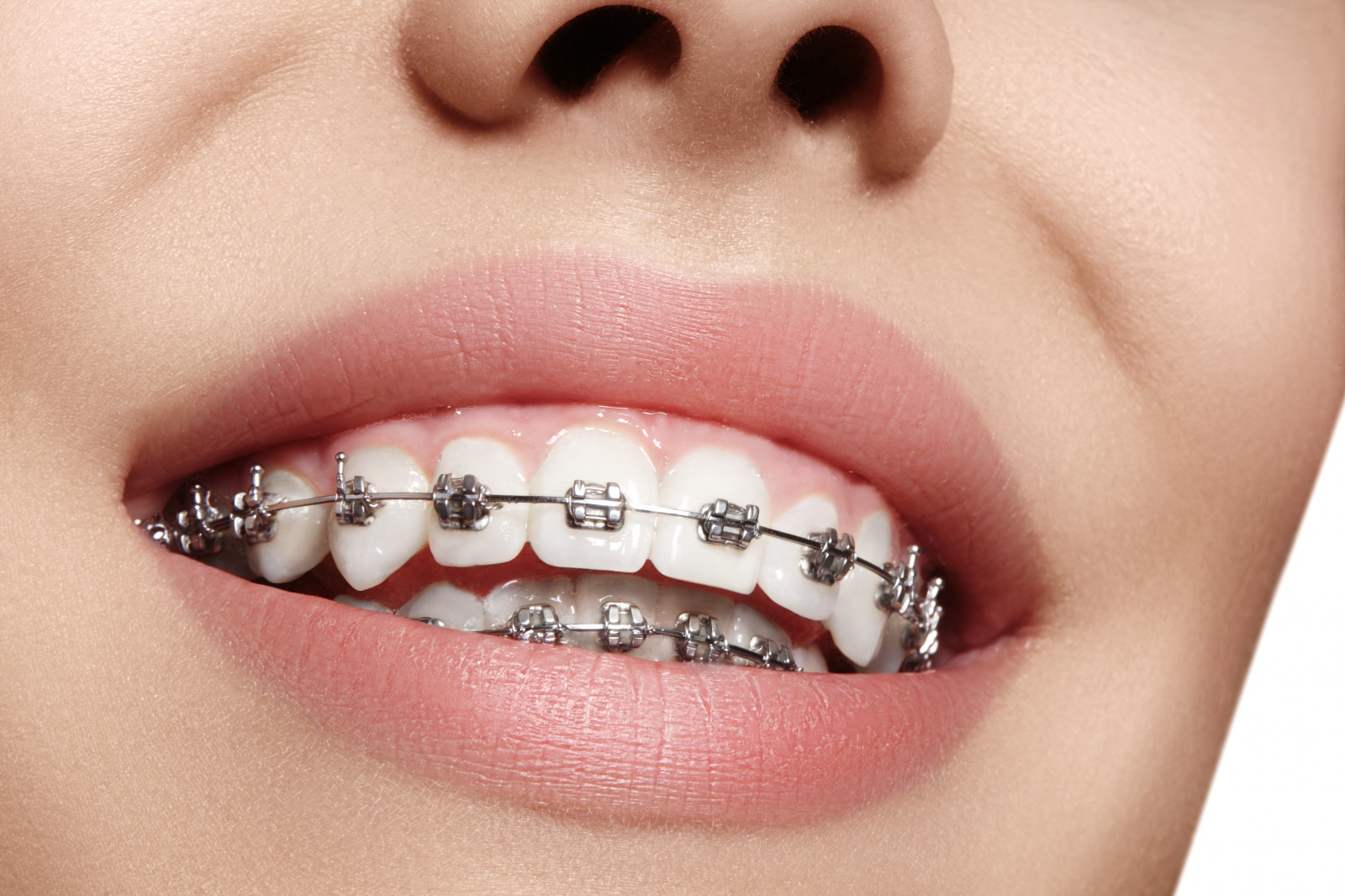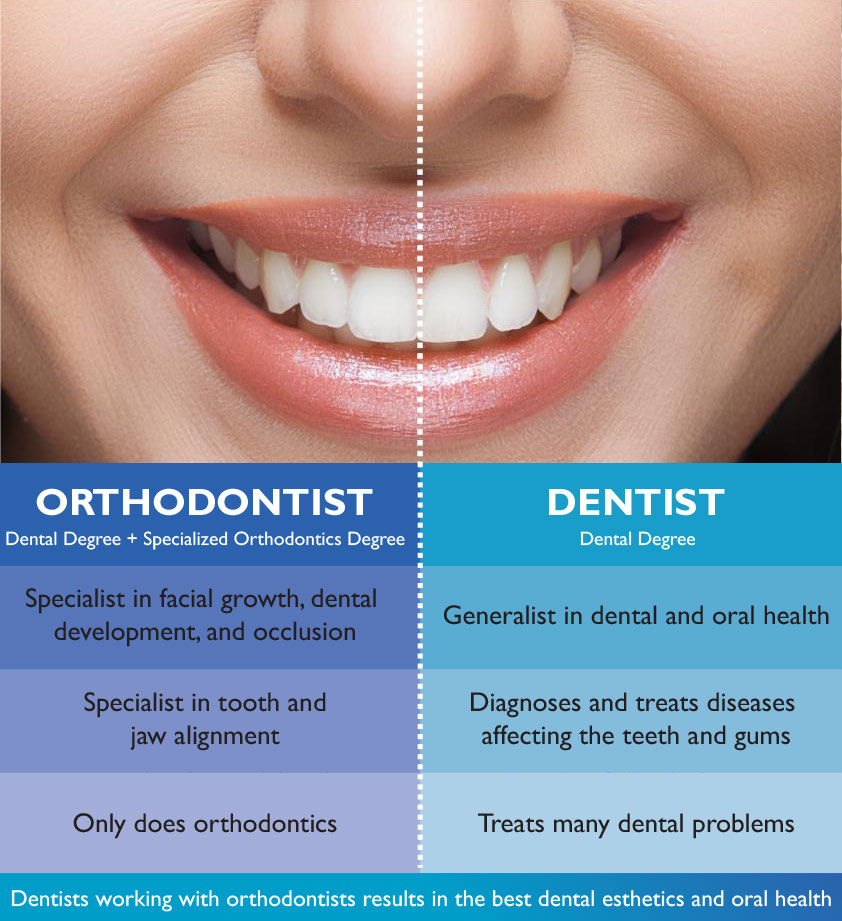Causey Orthodontics Fundamentals Explained
Wiki Article
The Single Strategy To Use For Causey Orthodontics
Table of ContentsWhat Does Causey Orthodontics Mean?Causey Orthodontics Things To Know Before You Get ThisThe Definitive Guide to Causey OrthodonticsThe Definitive Guide to Causey OrthodonticsSome Known Questions About Causey Orthodontics.
Disregarding occlusal relationships, it was normal to get rid of teeth for a range of dental issues, such as malalignment or congestion. The concept of an intact dentition was not extensively valued in those days, making bite correlations appear unnecessary. In the late 1800s, the principle of occlusion was vital for creating reputable prosthetic substitute teeth.As these ideas of prosthetic occlusion progressed, it became a very useful tool for dentistry. It remained in 1890 that the work and effect of Dr. Edwards H. Angle started to be really felt, with his contribution to contemporary orthodontics especially notable. Focused on prosthodontics, he showed in Pennsylvania and Minnesota before routing his focus towards oral occlusion and the treatments needed to keep it as a typical problem, hence ending up being known as the "father of modern orthodontics".

The idea of perfect occlusion, as postulated by Angle and included into a classification system, made it possible for a change in the direction of dealing with malocclusion, which is any kind of variance from typical occlusion. Having a full set of teeth on both arcs was highly searched for in orthodontic therapy because of the need for specific connections between them.
The Buzz on Causey Orthodontics
As occlusion became the essential concern, facial proportions and visual appeals were overlooked - orthodontist services. To accomplish ideal occlusals without using external forces, Angle proposed that having best occlusion was the best means to gain optimum face aesthetics. With the passing away of time, it ended up being rather evident that also an outstanding occlusion was not suitable when considered from a visual perspectiveCharles Tweed in America and Raymond Begg in Australia (who both researched under Angle) re-introduced dental care extraction into orthodontics throughout the 1940s and 1950s so they can enhance facial esthetics while likewise guaranteeing much better stability concerning occlusal relationships. In the postwar duration, cephalometric radiography started to be made use of by orthodontists for determining modifications in tooth and jaw setting brought on by development and treatment. It became obvious that orthodontic therapy might readjust mandibular advancement, causing the development of functional jaw orthopedics in Europe and extraoral force measures in the United States. These days, both functional home appliances and extraoral tools are used around the globe with the goal of modifying development patterns and types. Subsequently, seeking true, or a minimum of enhanced, jaw partnerships had actually come to be the main purpose of therapy by the mid-20th century.
The Main Principles Of Causey Orthodontics
 Until the mid-1970s, dental braces were made by wrapping steel around each tooth. http://listingzz.com/directory/listingdisplay.aspx?lid=84965., it became feasible to rather bond metal braces to the teeth.
Until the mid-1970s, dental braces were made by wrapping steel around each tooth. http://listingzz.com/directory/listingdisplay.aspx?lid=84965., it became feasible to rather bond metal braces to the teeth.Andrews offered an insightful interpretation of the perfect occlusion in permanent teeth. This has actually had purposeful effects on orthodontic treatments that are provided consistently, and these are: 1. Right interarchal connections 2. Appropriate crown angulation (pointer) 3. Proper crown inclination (torque) 4. No turnings 5. Limited call points 6. Flat Curve of Spee (0.02.5 mm), and based upon these principles, he discovered a therapy system called the straight-wire device system, or the pre-adjusted edgewise system.
The benefit of the style exists in its brace and archwire combination, which requires just marginal wire flexing from the orthodontist or clinician (best orthodontist near me). It's aptly called after this feature: the angle of the port and density of the bracket base eventually determine where each tooth is located with little demand for extra manipulation
More About Causey Orthodontics
Both of these systems used similar braces for each and every tooth and necessitated the flexing of an archwire in three airplanes for finding teeth in their wanted placements, with these bends determining ultimate placements. When it concerns orthodontic appliances, they are divided into 2 kinds: removable and repaired. Removable appliances can be handled and off by the client as called for.
Thus, nearly all modern-day fixed devices can be taken into consideration variants on this edgewise appliance system. Early 20th-century orthodontist Edward Angle made a major contribution to the globe of dental care. He created four distinct appliance systems that have been made use of as the basis for lots of orthodontic therapies today, disallowing a few exceptions.
Top Guidelines Of Causey Orthodontics

The wire ended in a thread, and to move it onward, a flexible nut was utilized, which permitted a rise in area. By ligation, each specific tooth was connected to this large archwire (Causey Orthodontics). Due to its restricted range of activity, Angle was not able to attain exact tooth placing with an E-arch
These tubes held a soldered pin, which could be rearranged at each consultation in order to relocate them in position. Called the "bone-growing device", this gizmo was thought to encourage healthier bone growth as a result of its possibility for transferring force directly to the origins. Nevertheless, implementing it proved problematic in truth.
Report this wiki page